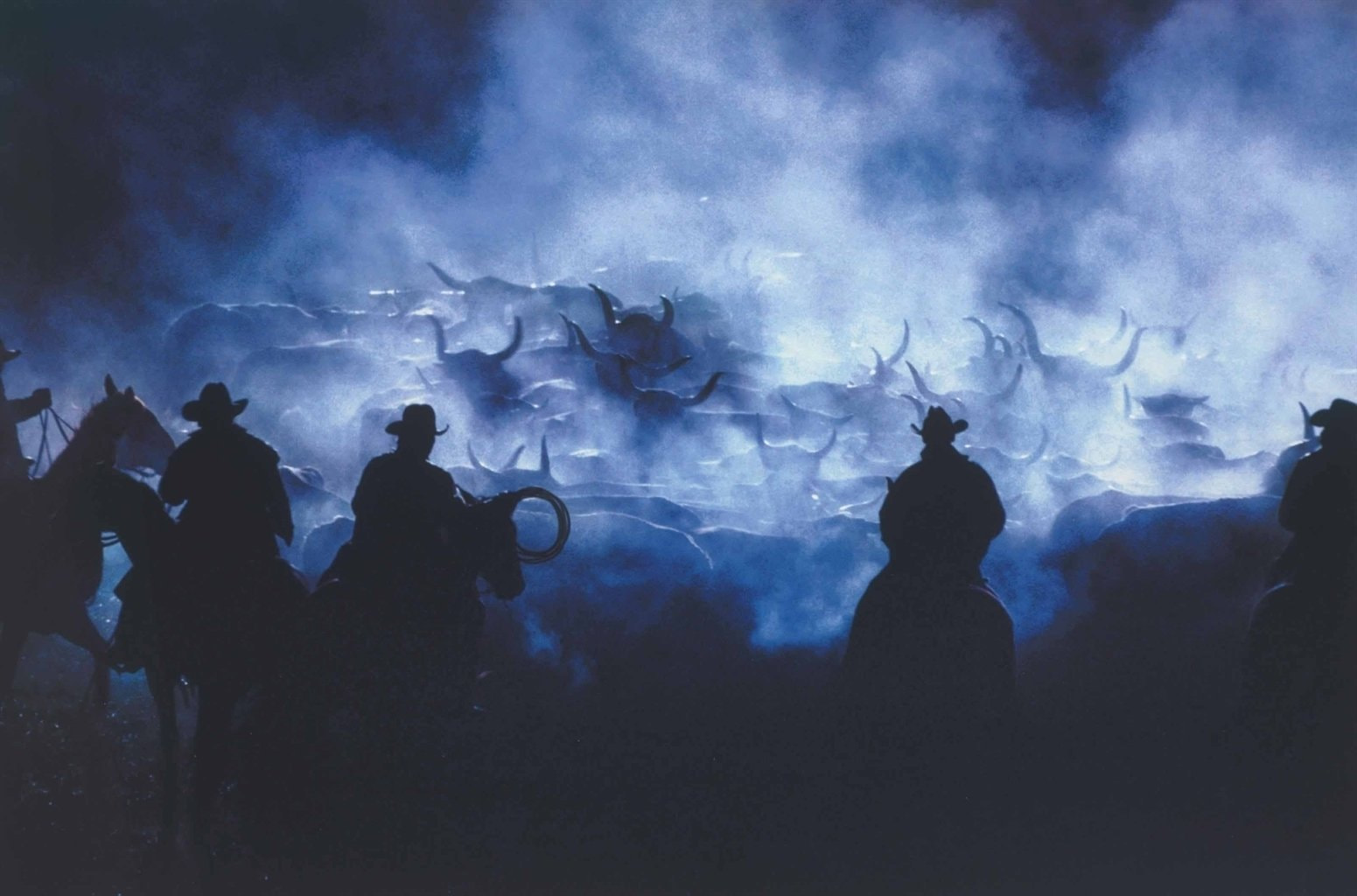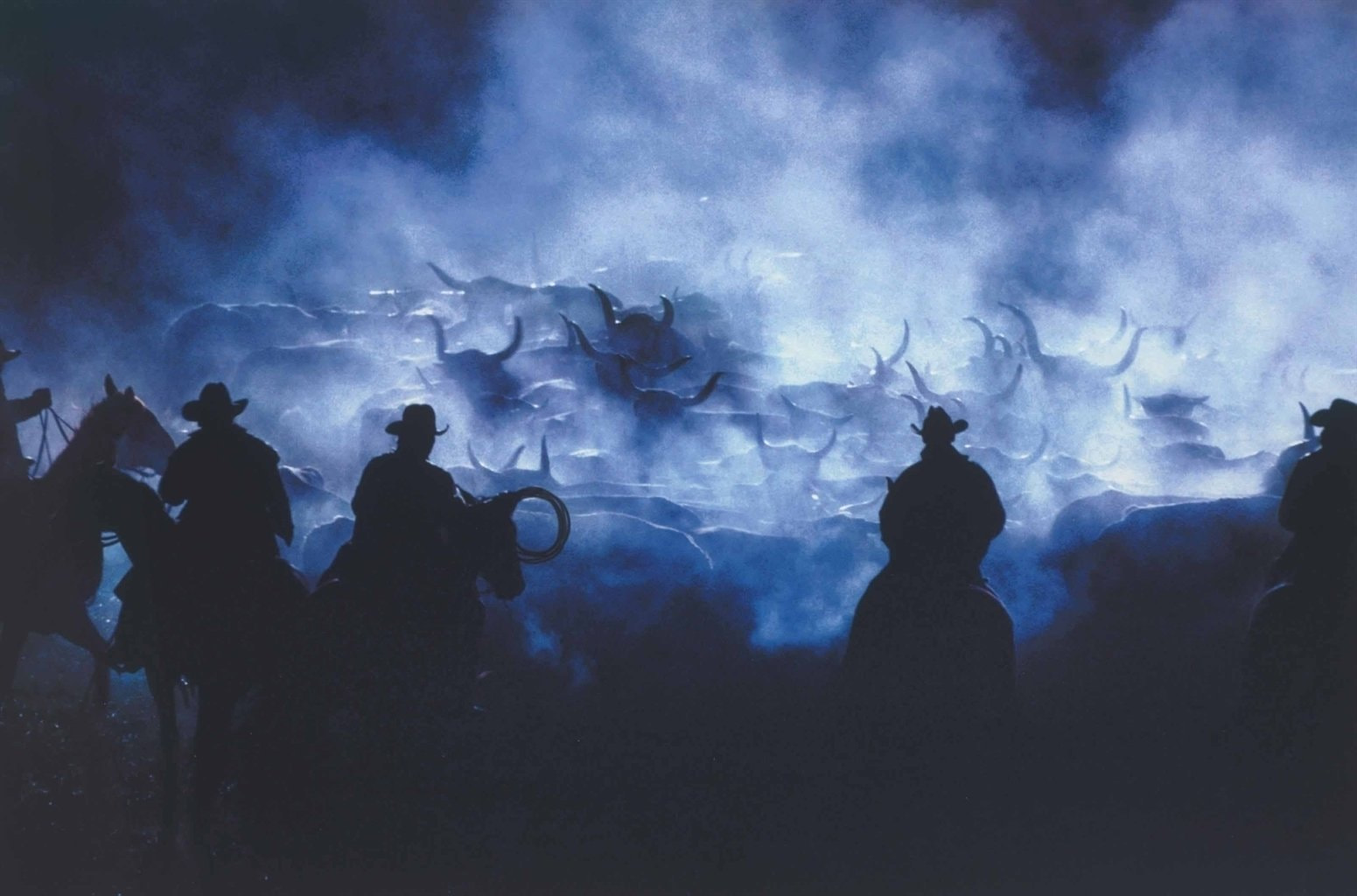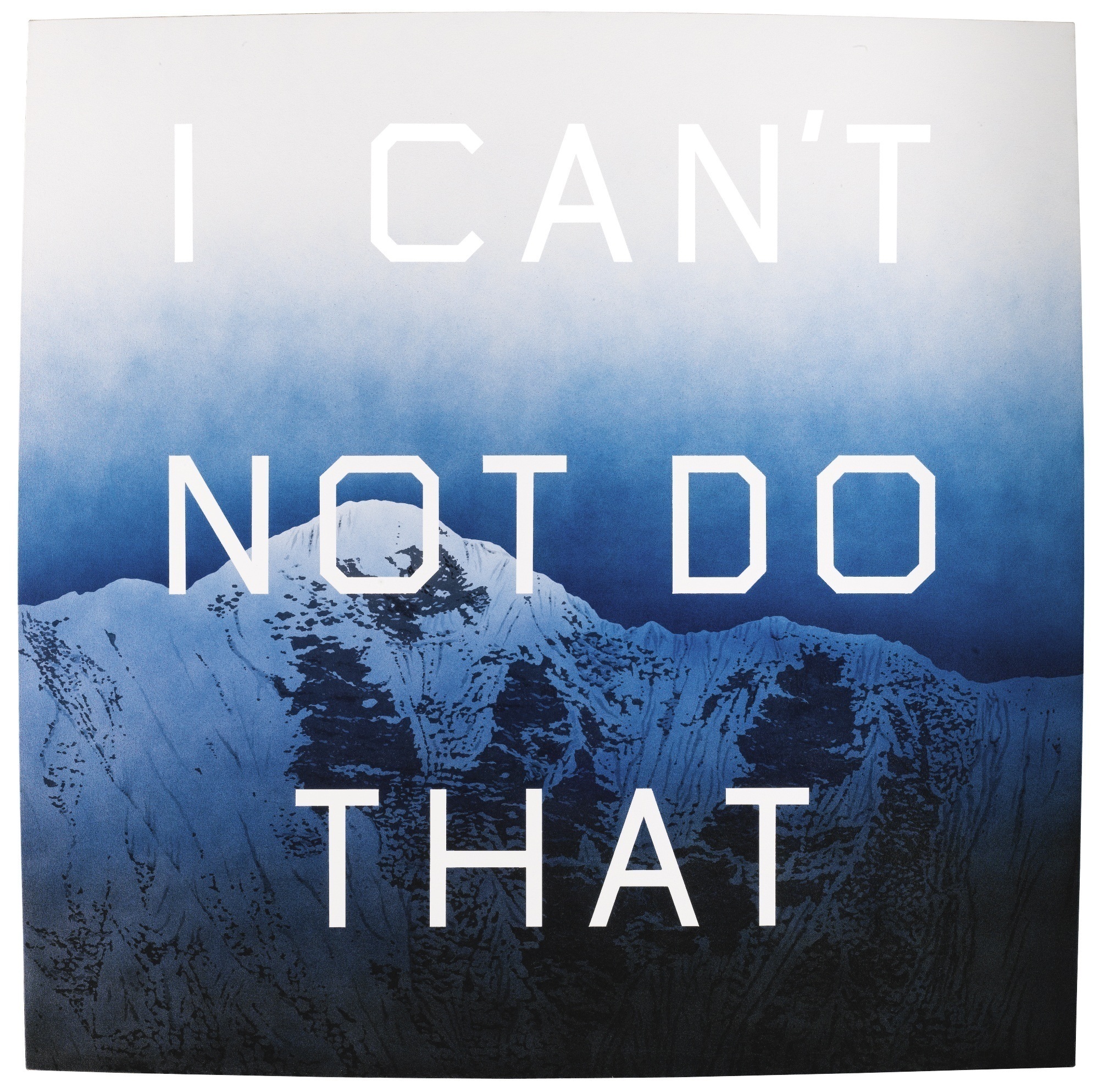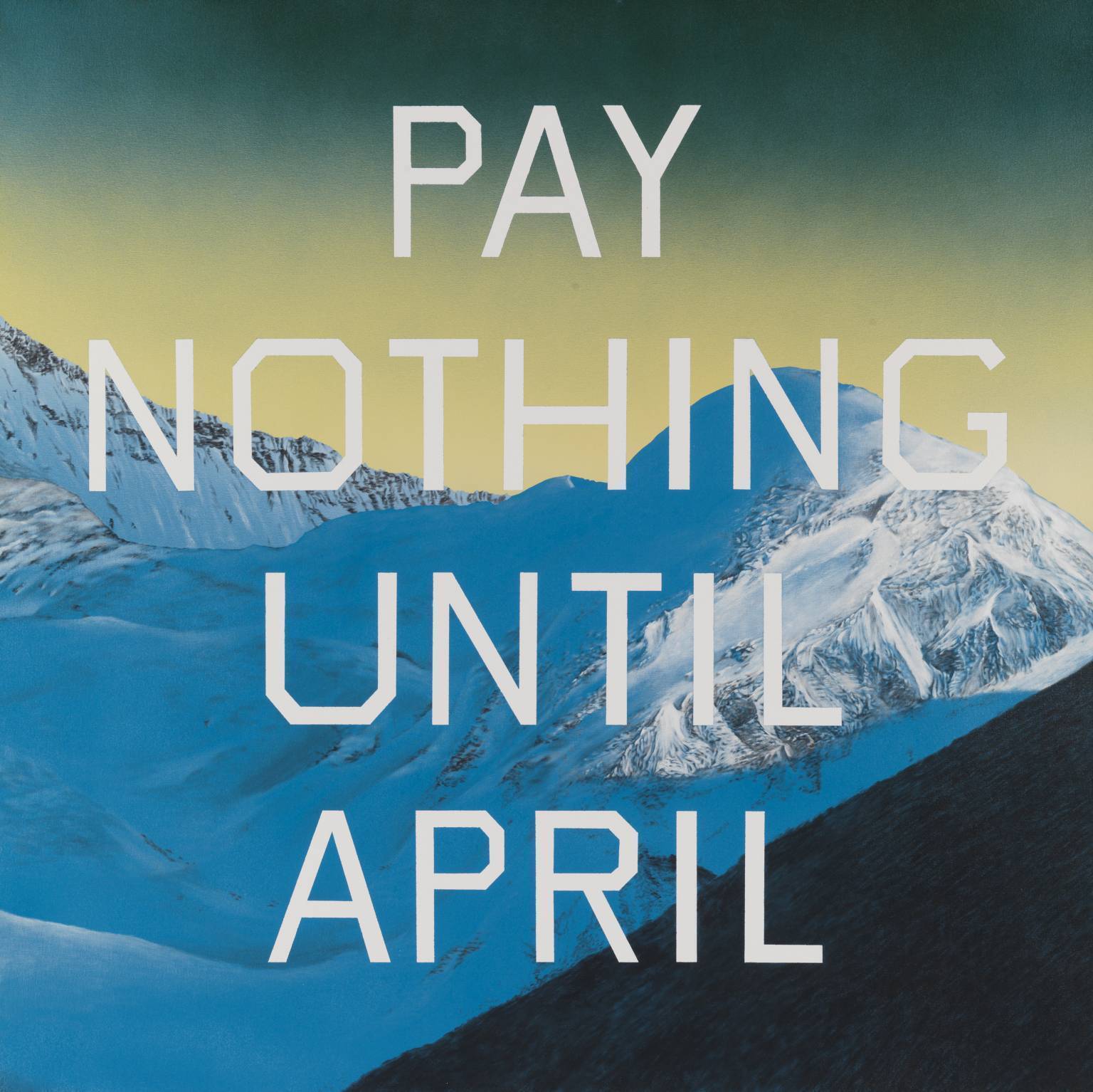New York and California have always competed to be the leader of the American art scene. But artists representing one or the other tradition—like the two heroes of the upcoming lecture—often show common critical approaches and ways of expressing themselves.
Ed Ruscha (b. 1937) is one of the main experimenters in American Pop Art, in its Californian branch. Like Andy Warhol, Ruscha worked in an advertising agency after graduating from the Chouinard Art Institute. But in the same years (late 1950s to early 1960s) he was part of the Ferus Gallery milieu, wherefrom the new Los Angeles art scene was emerging (Larry Bell, Edward Kienholz, and others), and began his own career as an artist. Ruscha’s main media are painting, drawing, printmaking and photography, and in recent decades he has produced a lot of commissions for public and individual spaces (including a private jet interior design). His oeuvre is marked by seriality, interest in typography (he created his own font in 1980), and text, saturated by humor addressed to the US mass culture whose clichés it uses and parodies. Many of his series’ plots derive from the very life and visual culture of California, e.g. Hollywood, billboard advertising, cars, and gas stations. Ruscha employs traditional (as well as some very unpredictable) materials, such as gunpowder, fruits, chocolate, tomato paste, etc. He lives and works in Culver City, CA.
Richard Prince (b. 1949) is an American artist, closely associated with the critical flows of 1970s–1980s art, and in particular, with appropriation art. While working at Time magazine, he started re-photographing images shot by others, including famous photographers and no-name press pictures, and making his own works out of them. The use of appropriated material, deliberate unprofessionalism and cheesy color correction combined for a critical attitude to photography as a medium, responsible for documentation and verification. Many of Prince’s works are voluminous series, among which Cowboys (1980–1992) might be the best known: replicating, multiplying, and thus undermining the made-up image of the main “macho man” of American advertising—the Marlboro Man. Along with Barbara Kruger, Sherrie Levine, and other artists, Prince pioneered another big trend—painting with ironic textual inscriptions. Initiated in the mid-1980s, the Jokes project transmits, in the elementary form of a text written above a monochromatic background, the hopes and fears of an average American, whose everyday world is limited to family, work, and a visit to a shrink. Richard Prince lives and works in New York.




